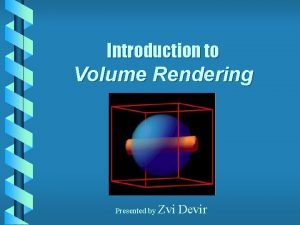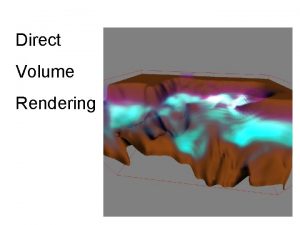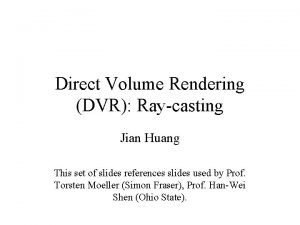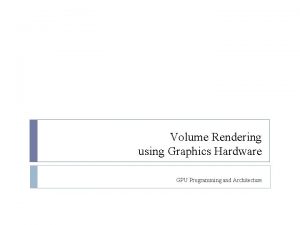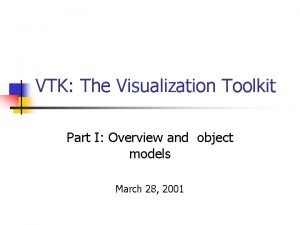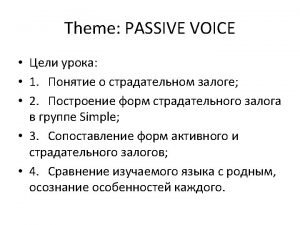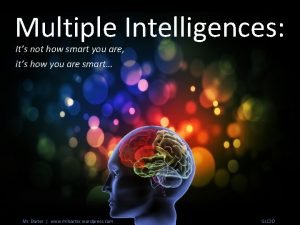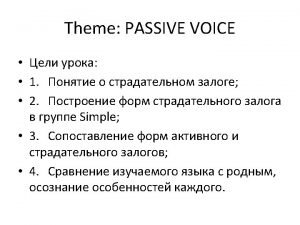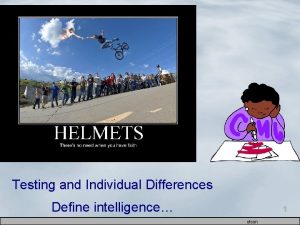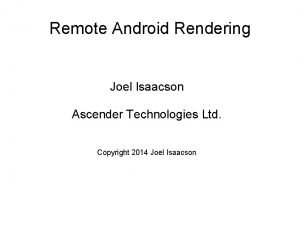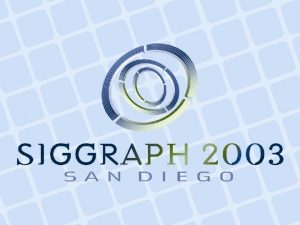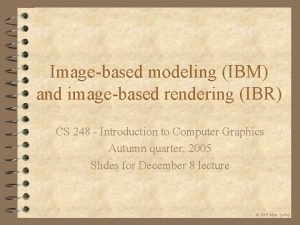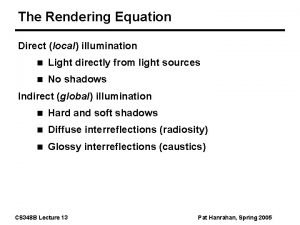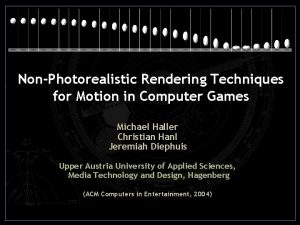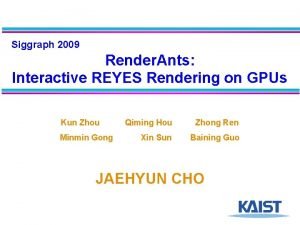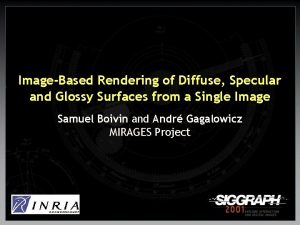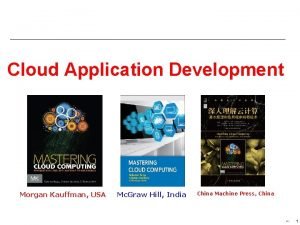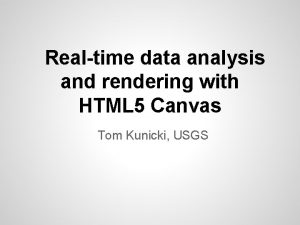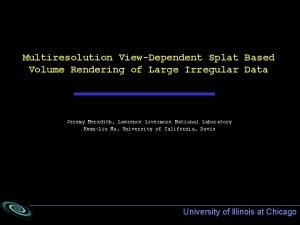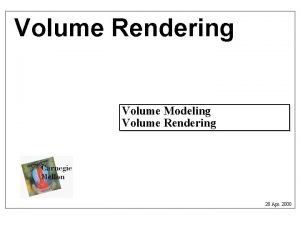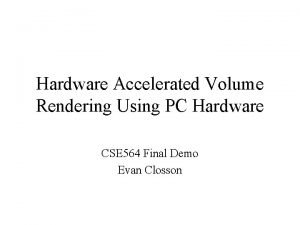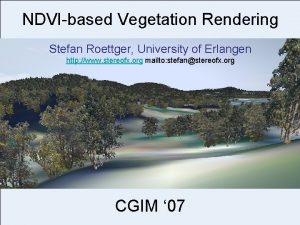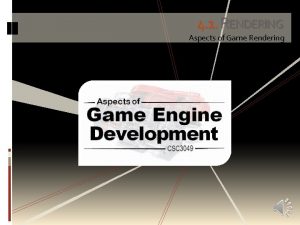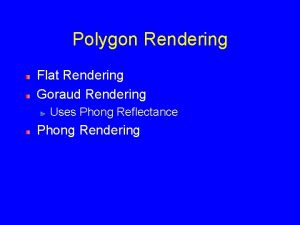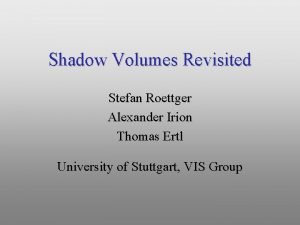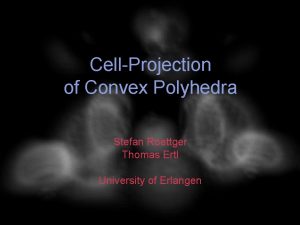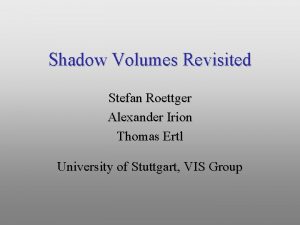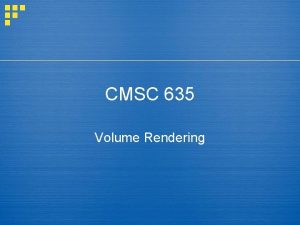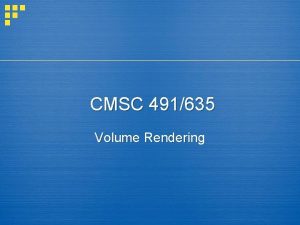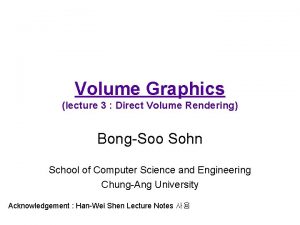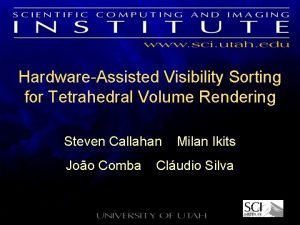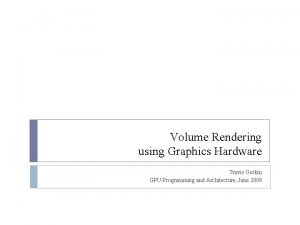Smart Hardware Accelerated Volume Rendering Stefan Roettger Stefan























- Slides: 23

Smart Hardware. Accelerated Volume Rendering Stefan Roettger Stefan Guthe Daniel Weiskopf Wolfgang Strasser

2 Overview • Current state of the art in direct volume rendering • What can be improved? • Rendering of segmented data • Hardware-accelerated raycasting Smart Hardware-Accelerated Volume Rendering Stefan Roettger, University of Erlangen - Stefan Guthe, University of Tübingen Vis. Sym ‘ 03 Grenoble

3 Direct Volume Rendering • 3 D slicing approach (Akeley ‘ 87) • Pre-integration (Max Vol. Vis ‘ 90, Roettger VIS ‘ 00, Engel HWW ‘ 01) • Pre-integrated material properties (Meissner GI ‘ 02) • Hardware-accelerated pre-integration (Roettger Vol. Vis ‘ 02, Guthe HWW ‘ 02) • Multi-Dimensional TF (Kniss VIS ‘ 01) • Volume clipping (Weiskopf VIS ‘ 02) Smart Hardware-Accelerated Volume Rendering Stefan Roettger, University of Erlangen - Stefan Guthe, University of Tübingen Vis. Sym ‘ 03 Grenoble

4 What is missing? • From a medical point of view: • Pre-integration is difficult to apply to segmented medical data • Pre-integration quality is still not good enough • 8 bit frame buffer produces artifacts on consumer graphics hardware Smart Hardware-Accelerated Volume Rendering Stefan Roettger, University of Erlangen - Stefan Guthe, University of Tübingen Vis. Sym ‘ 03 Grenoble

5 Pre-Integration • Ray integral depends on three variables: Sf, Sb, and l, where l is assumed to be constant • Pre-compute a table for all combinations of Sf and Sb and store it in a 2 D dependent texture Smart Hardware-Accelerated Volume Rendering Stefan Roettger, University of Erlangen - Stefan Guthe, University of Tübingen Vis. Sym ‘ 03 Grenoble

6 Volume Clipping • Use additional scalar clip volume C(x, y, z) • Iso surface for C=0. 5 defines clip geometry • Adjust Sf, Sb, and l according to clip volume (naive approach: set l=0) C=0. 5 • for the case Cf<0. 5<Cb • w = |Cb-0. 5|/|Cb-Cf| • S’f = (1 -w)*Sb+w*Sf • l’= l*w ’ ≈ *w Smart Hardware-Accelerated Volume Rendering Stefan Roettger, University of Erlangen - Stefan Guthe, University of Tübingen Vis. Sym ‘ 03 Grenoble

7 Pre-Integration & Segmentation • Segmentation with two materials is easy: • Define second transfer function TF 2 • In the pixel shader: • Make a lookup in TF 1 C=0. 5 for the blue area • Blend with the lookup in TF 2 for the grey area Smart Hardware-Accelerated Volume Rendering Stefan Roettger, University of Erlangen - Stefan Guthe, University of Tübingen Vis. Sym ‘ 03 Grenoble

8 Quality Comparison naive clipping clipped Bonsai correct adjustment Smart Hardware-Accelerated Volume Rendering Stefan Roettger, University of Erlangen - Stefan Guthe, University of Tübingen Vis. Sym ‘ 03 Grenoble

9 Undersampling Quality Slicing artifacts Smart Hardware-Accelerated Volume Rendering Stefan Roettger, University of Erlangen - Stefan Guthe, University of Tübingen Vis. Sym ‘ 03 Grenoble

10 Undersampling Quality Slicing artifacts Smart Hardware-Accelerated Volume Rendering Stefan Roettger, University of Erlangen - Stefan Guthe, University of Tübingen Vis. Sym ‘ 03 Grenoble

11 Sampling Quality Slicing artifacts Smart Hardware-Accelerated Volume Rendering Stefan Roettger, University of Erlangen - Stefan Guthe, University of Tübingen Vis. Sym ‘ 03 Grenoble

12 Sampling Quality Interpolation artifacts Smart Hardware-Accelerated Volume Rendering Stefan Roettger, University of Erlangen - Stefan Guthe, University of Tübingen Vis. Sym ‘ 03 Grenoble

13 Supersampling Quality Still minor interpolation artifacts Smart Hardware-Accelerated Volume Rendering Stefan Roettger, University of Erlangen - Stefan Guthe, University of Tübingen Vis. Sym ‘ 03 Grenoble

14 Supersampling Quality Almost correct Smart Hardware-Accelerated Volume Rendering Stefan Roettger, University of Erlangen - Stefan Guthe, University of Tübingen Vis. Sym ‘ 03 Grenoble

15 Drawback of Pre-Integration • Linear interpolation assumed in slab • But in fact the interpolation is trilinear • Inside the slab one may cross a voxel boundary • Lighting is also a non-linear operation • Conclusion: For superior quality we need at least 2 -times, better 4 -times oversampling! Smart Hardware-Accelerated Volume Rendering Stefan Roettger, University of Erlangen - Stefan Guthe, University of Tübingen Vis. Sym ‘ 03 Grenoble

16 Ray Casting • Supersampling is slow, but fortunately we do not need to supersample everywhere • Define importance volume which tells where to sample more precisely • Depends on 2 nd deriv. of scalar volume and 1 st deriv. of TF • Perform adaptive ray casting on the graphics hardware Smart Hardware-Accelerated Volume Rendering Stefan Roettger, University of Erlangen - Stefan Guthe, University of Tübingen Vis. Sym ‘ 03 Grenoble

17 Hardware-Accelerated Ray Casting • Implemented on the ATI Radeon 9700 with multiple floating point render targets: • Need to process all pixels at once • Cannot exploit ray coherence • Early ray termination by early Z-test • Exploit hierarchical Z-buffer compression • Adaptive sampling includes space leaping • Stop if all pixels are terminated (asynchronous occlusion query) Smart Hardware-Accelerated Volume Rendering Stefan Roettger, University of Erlangen - Stefan Guthe, University of Tübingen Vis. Sym ‘ 03 Grenoble

18 Hardware-Accelerated Ray Casting • Store ray parameter to determine actual position • Complete PS 2. 0 code given in the paper Smart Hardware-Accelerated Volume Rendering Stefan Roettger, University of Erlangen - Stefan Guthe, University of Tübingen Vis. Sym ‘ 03 Grenoble

19 Quality Comparison 4 -times oversampling 8 bit frame buffer HW ray casting full floating point Smart Hardware-Accelerated Volume Rendering Stefan Roettger, University of Erlangen - Stefan Guthe, University of Tübingen Vis. Sym ‘ 03 Grenoble

20 Performance • Same performance as 4 times over-sampling with alpha Direct 9 drivers (about 2 seconds per frame) • But already much better quality • With latest drivers we achieve 2 -5 frames per second due to greatly improved performance of occlusion query (12 ms vs. 100 ms) Smart Hardware-Accelerated Volume Rendering Stefan Roettger, University of Erlangen - Stefan Guthe, University of Tübingen Vis. Sym ‘ 03 Grenoble

21 ANFSCD: The Bonsai Note: Raw data of all three Bonsai’ is available on my homepage Smart Hardware-Accelerated Volume Rendering Stefan Roettger, University of Erlangen - Stefan Guthe, University of Tübingen Vis. Sym ‘ 03 Grenoble

22 Conclusions • We have shown how to combine volume clipping/segmentation with pre-integrated volume rendering • With respect to quality HW ray casting is superior to the traditional slicing approach and with latest drivers is also faster • By reducing the number of adaptive samples frame rates can be pushed even higher while maintaining good quality • Now switching to the Live Demo Smart Hardware-Accelerated Volume Rendering Stefan Roettger, University of Erlangen - Stefan Guthe, University of Tübingen Vis. Sym ‘ 03 Grenoble

23 Fin Thanks for your attention! Smart Hardware-Accelerated Volume Rendering Stefan Roettger, University of Erlangen - Stefan Guthe, University of Tübingen Vis. Sym ‘ 03 Grenoble
 Introduction to volume rendering
Introduction to volume rendering Indirect volume rendering
Indirect volume rendering Raycasting dda
Raycasting dda Jerry tessendorf
Jerry tessendorf Vtk volume rendering c++ example
Vtk volume rendering c++ example External and internal hardware
External and internal hardware It's not how smart you are
It's not how smart you are Street smart vs book smart quotes
Street smart vs book smart quotes Ways to pay future smart
Ways to pay future smart One smart man he felt smart
One smart man he felt smart Street smarts vs book smarts
Street smarts vs book smarts It's not how smart you are
It's not how smart you are One smart man he felt smart
One smart man he felt smart Gestalt
Gestalt Rendering
Rendering Image-based modeling and rendering
Image-based modeling and rendering Graphics rendering
Graphics rendering Rendering equation
Rendering equation Game rendering techniques
Game rendering techniques Reyes rendering
Reyes rendering Inverse rendering
Inverse rendering Morgan kauffman
Morgan kauffman Rendering realtime compositing
Rendering realtime compositing Splat rendering
Splat rendering
